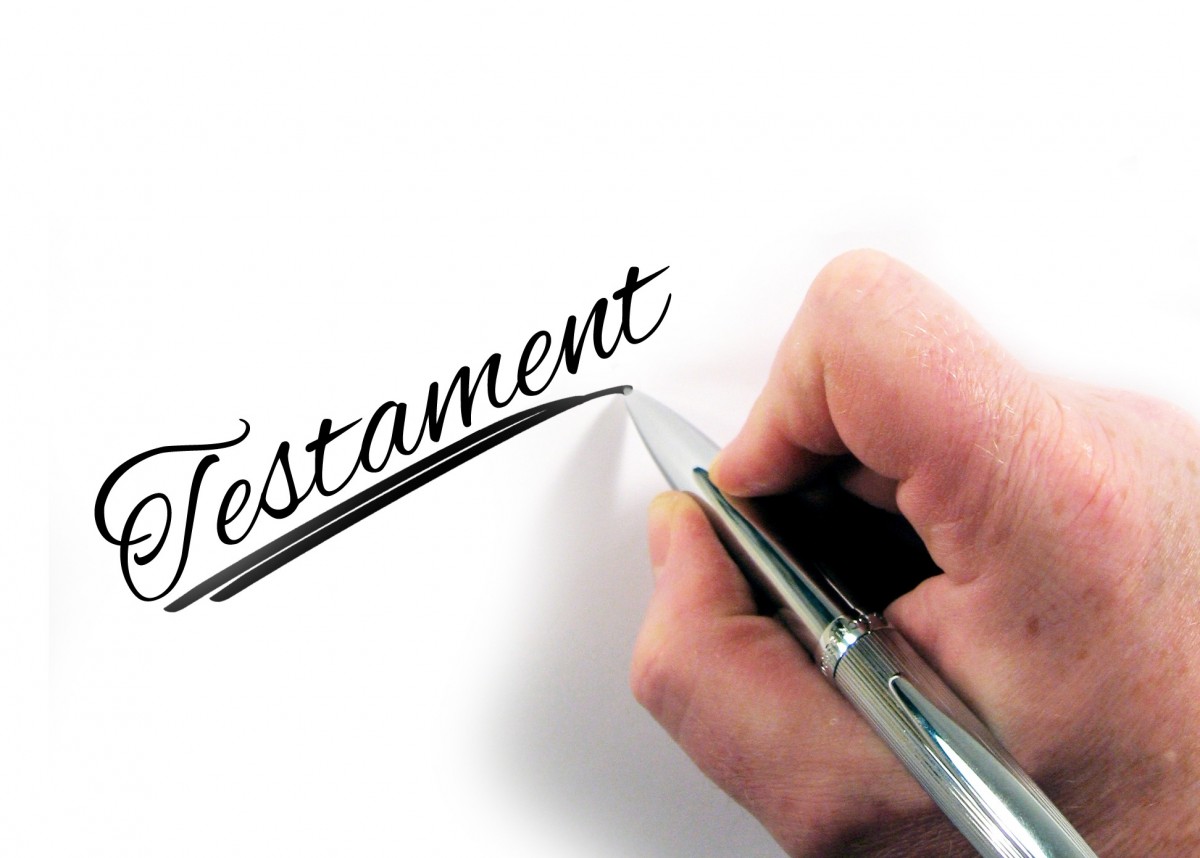Shared Wills: Principle and Content
Summary
Making a Shared Will
Shared Will: simplifying the execution of the will
Opening of the shared estate: several cases
Shared will: the risk of inheritance litigation
The deceased may dispose of his entire estate to his heirs: he establishes a shared will.
During his or her lifetime, anyone can make a will to benefit an heir or a third party to his or her estate by passing on all or part of his or her assets.
The testator can choose between several forms of will: authentic, holographic, or mystical.
The will allows for different bequests: universal donation or shared inheritance.
Establishing a shared will
The deceased can draw up a shared will: this is a will that provides for the devolution of his or her entire estate to his or her heirs in advance. The drawing up of a will is subject to specific rules.
Form of the will for the shared succession
A shared will is drawn up in the same way as an ordinary will. The testator draws up their wishes for the division of their estate at the time of death or has them drawn up by a notary. A shared will can be revoked.
Good to know: the sharing will involve a financial cost if it is a notarial will; otherwise, the drawing up of the sharing will is free.
Please note: a will written in English by a person who does not understand English is invalid.
Shared Will: for heirs only

A Shared Will is made for the benefit of the heirs apparent only, according to the legal order of succession. For example, if the testator has children, he or she cannot make a shared will to benefit his or her brothers and sisters.
Content of the legacies of the shared succession: outside the hereditary reserve

In a testamentary partition, the testator distributes his or her property – present and future – to his or her heirs according to the legal proportions. In addition to the order of the heirs, the testator’s will must respect the hereditary reserve.
Example: testator X has 1 child. The reserved portion of the estate amounts to half of his estate. The testator must allocate at least half of such property (identified) to the child.
Shared Will: simplifying the execution of the will
The purpose of a Shared Will is to determine which assets will be allocated to which heirs in the estate. When the estate is opened, the deceased’s assets are inventoried and divided among the heirs according to legal proportions. This distribution can lead to disputes, but it avoids the possibility of the allotment being made by drawing lots.
Good to know: in the absence of a will and the event of disagreement between the heirs regarding the division of the estate’s assets, the division must be made by lot.
Drawing up a testamentary disposition allows the heirs to determine the fate of the assets by allocating them to them in advance.
The wills filed with the notaries or received by them must be registered at the latest when the deed of partition of the estate is registered.
Opening of the shared estate: several cases
The testamentary partition becomes effective upon the death of the testator:
- the beneficiaries accept the will or refuse it: in this second case, they are considered as renouncing the succession;
- the property devolves to the heirs according to the deceased’s instructions (property not included in the testamentary partition devolves to them according to the legal rules);
- where the property has undergone a significant change in value, the aggrieved heirs with rights of retention may bring an action for reduction.
Shared wills: the risk of inheritance litigation
The effects of a shared will
A testamentary disposition is an act of distribution by which the testator decides how to divide his or her estate and property among the heirs.
This gift is final: the deceased’s property thus distributed in advance can no longer be divided. From then on, the beneficiaries can only accept or renounce the succession and cannot claim a new partition.
However, since the hereditary reserve is a matter of public order, if the partition affects it and knowing that the heirs with a right to the reserve cannot be disinherited from this share, they can exercise the action in reduction.
Similarly, the balances in a partition are the sums paid to compensate for the excess value of the property received, which may be revalued.
Reclassification as an ordinary will
Sometimes a testamentary partition includes a penalty clause in which the testator declares that he will exclude from the partition any of his heirs who decide to contest the partition he has chosen to make in the future.
The purpose of this clause is to consolidate the allotments the testator decided by dissuading the testamentary partition’s beneficiaries from bringing an action to contest the partition on pain of being excluded from the estate or having their shares of the inheritance reserve reduced.
Good to know: the penalty clause in the testamentary partition does not prevent a contesting heir from taking legal action to obtain a revaluation of the balance from the judge. This action is admissible in court because the heir does not intend to contest the partition (and therefore respects the penalty clause); he asks that it be executed appropriately.



